Vintage Tribal Kilim Runner 3' x 9' 8" (36" x 116")
Type:
Kilim RugsCollection:
Tribal RunnersID:
K0077531Size:
Material:
The designs feature a rich array of symbols representing tribal culture and Anatolian motifs, often in the form of medallions, diamonds, and other geometric shapes.
The designs feature a rich array of symbols representing tribal culture and Anatolian motifs, often in the form of medallions, diamonds, and other geometric shapes. These kilim runners are ideal for hallways and narrow spaces, offering a touch of ethnic charm and artisanal quality to any interior.
Herki kilims not only serve as functional floor coverings but also as artistic expressions of tribal identity, making each rug a unique cultural artifact.
Design Elements
- Pattern: The kilim runner features a distinctive geometric pattern, combining various shapes such as diamonds, triangles, and squares that create a visually appealing rhythm throughout the textile.
- Texture: Handwoven kilims exhibit a flat-weave technique that provides a unique texture. The fibers create a smooth surface while still retaining the character of natural wool.
- Borders: The rug includes accent borders that frame the main motifs, adding depth and structure to the overall design. The borders often play a complementary role to the central motifs.
- Symmetry and Balance: The design maintains symmetry, which contributes to a sense of harmony. This balance draws the viewer's eye across the runner evenly.
Colors
- Palette: The kilim runner showcases a vibrant color palette, primarily featuring warm tones like oranges, reds, and browns, contrasted with cooler shades of blue and green.
- Warm Colors: The dominant warm colors convey energy and liveliness, evoking feelings of warmth and familiarity associated with traditional tribal artworks.
- Contrasting Hues: The use of cooler colors as accents adds visual interest and depth, allowing for a balanced dynamic with the earthy tones.
Main Motifs and Their Symbolism
- Diamonds: Often symbolize protection and wealth. In tribal cultures, diamonds represent a good harvest and prosperity.
- Triangles: Represent mountains or stability. Triangles often denote strength and resilience and can signify a connection to the divine or a higher power.
- Crosses: Fundamental in tribal motifs, they symbolize the intersection of two realms, often representing balance in life’s dualities such as earth and sky.
- Rectangles and Squares: Often symbolize the home or family unit, reinforcing themes of shelter and community.
Summary
The vintage tribal kilim runner showcases a rich tapestry of geometric design elements and a vibrant, well-balanced color palette. The main motifs hold significant symbolism related to protection, stability, and community. The diverse use of warm and cool colors enhances the visual interest and emotional resonance of the piece, making it not just a decorative item, but also a representation of cultural heritage and meaning.
- Ships in 1-4 business days
- Only one in stock, handmade, unique
- Free shipping via FedEx Express. Easy returns
- Contact us or add a note to your order if you want us to delay your shipping.
- Request more info if you want this rug shorter or narrower
Colors may appear slightly different across various monitors due to screen settings device differences, and external lighting conditions. If color accuracy is important for your space, we recommend viewing the rug on multiple devices or contacting us for a detailed color description. We can provide detailed photos and references using Sherwin-Williams, Benjamin Moore, Pantone, or even Crayola crayons.
You can also visualize most of our products in your own room with AR (augmented reality) on an iPhone or iPad.
Return Policy
Need a rug pad? We recommend RugPadUSA
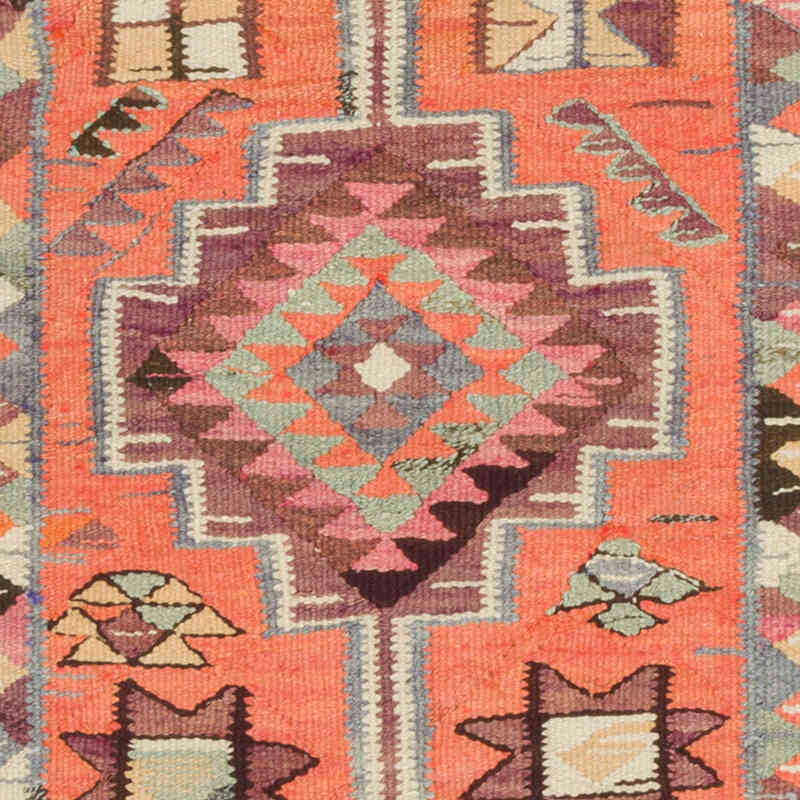
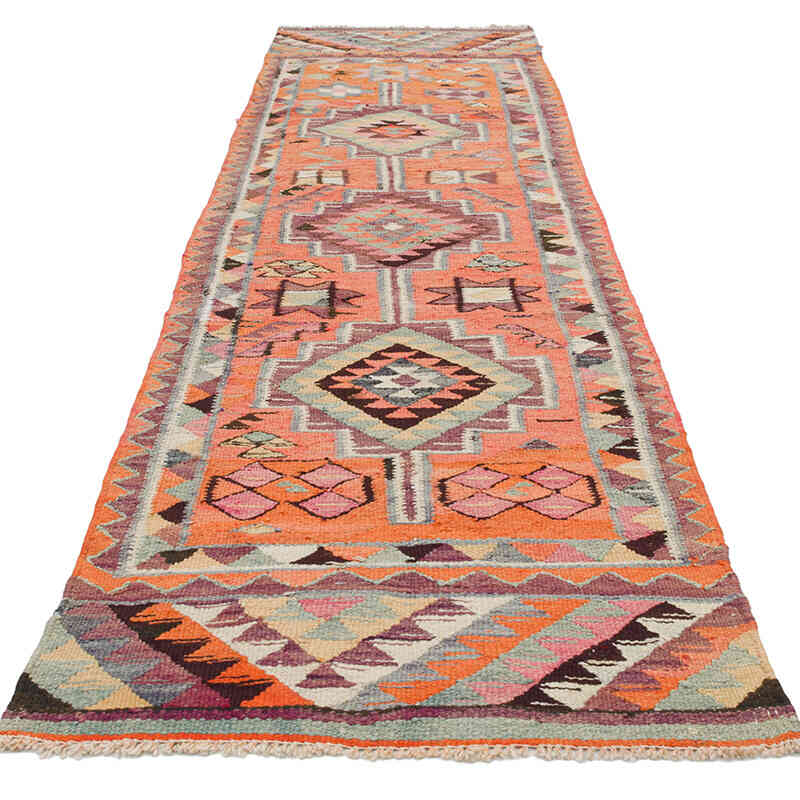
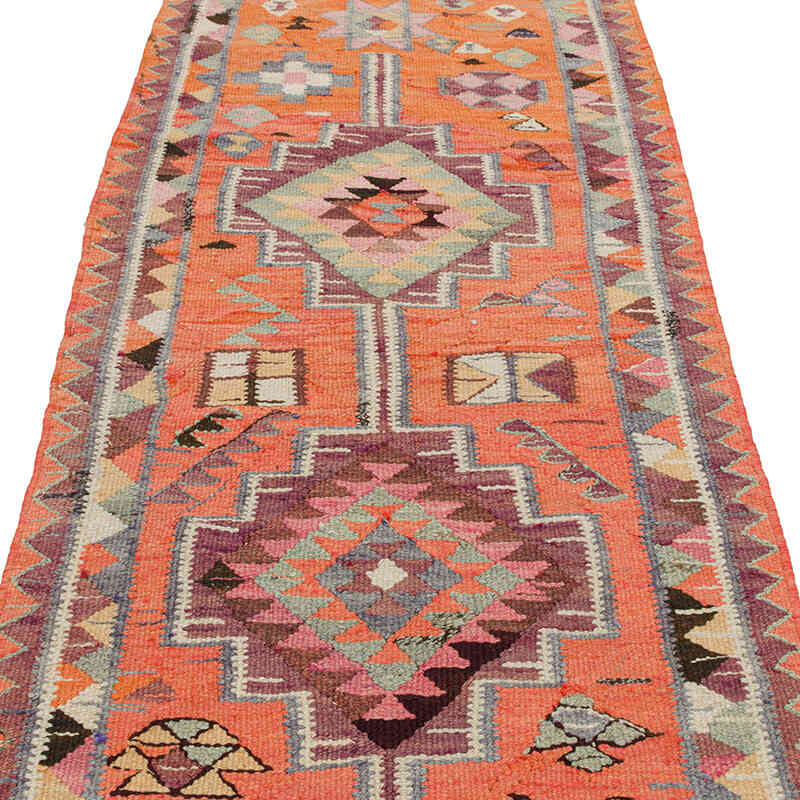
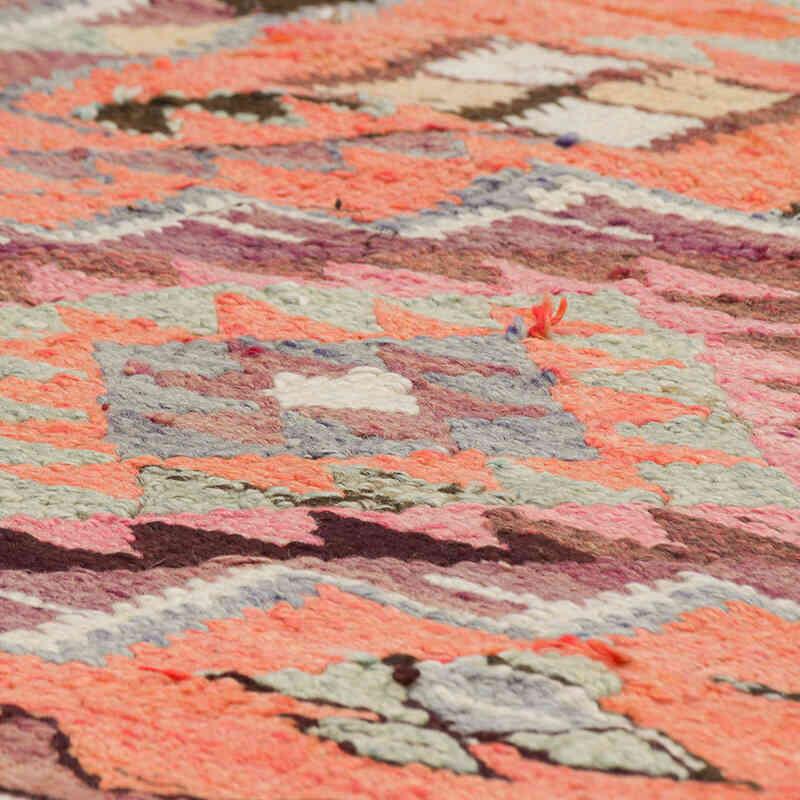
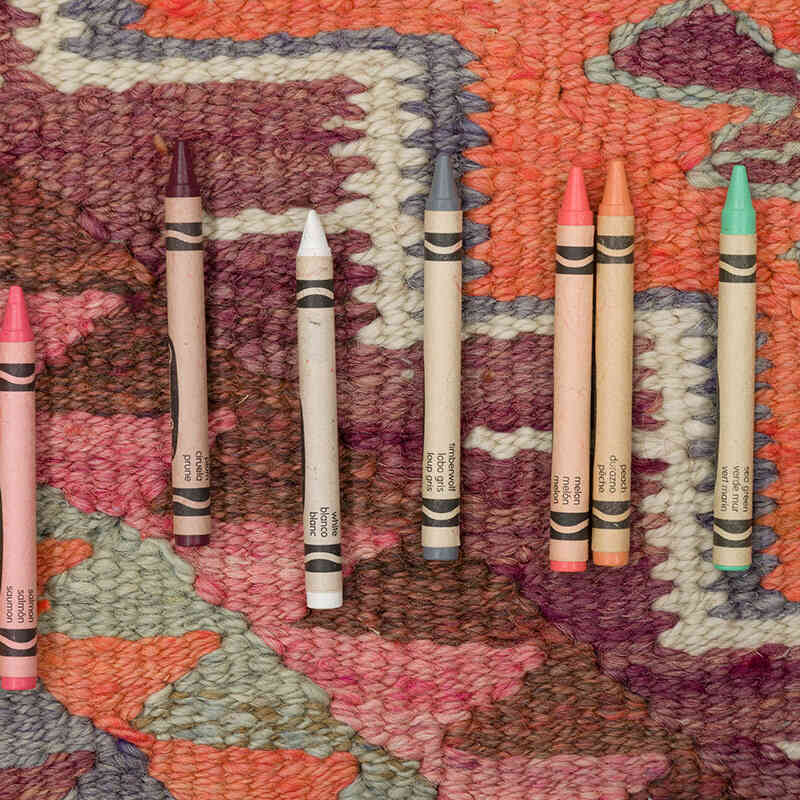
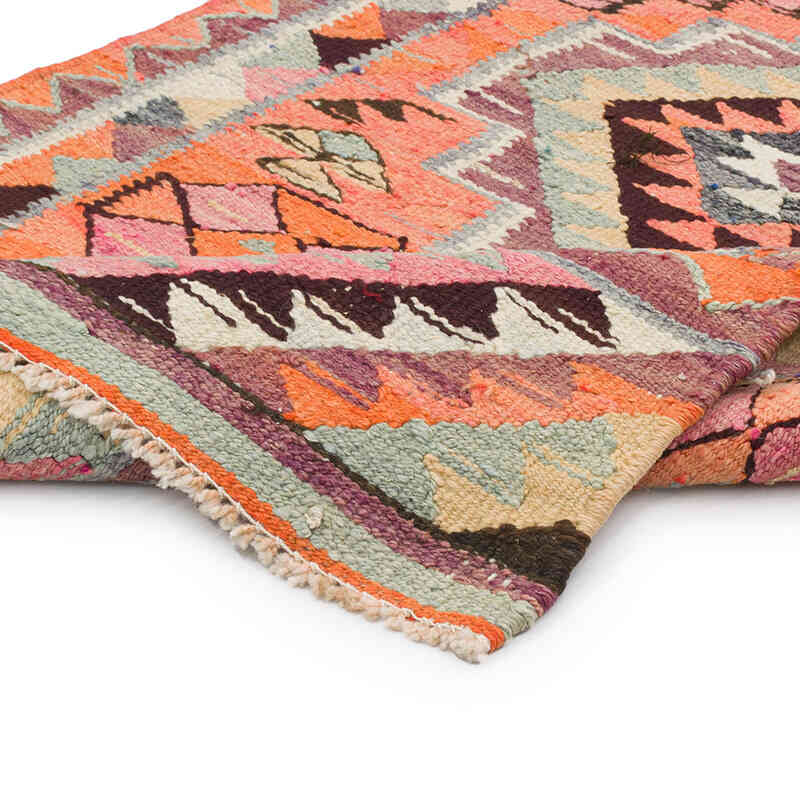
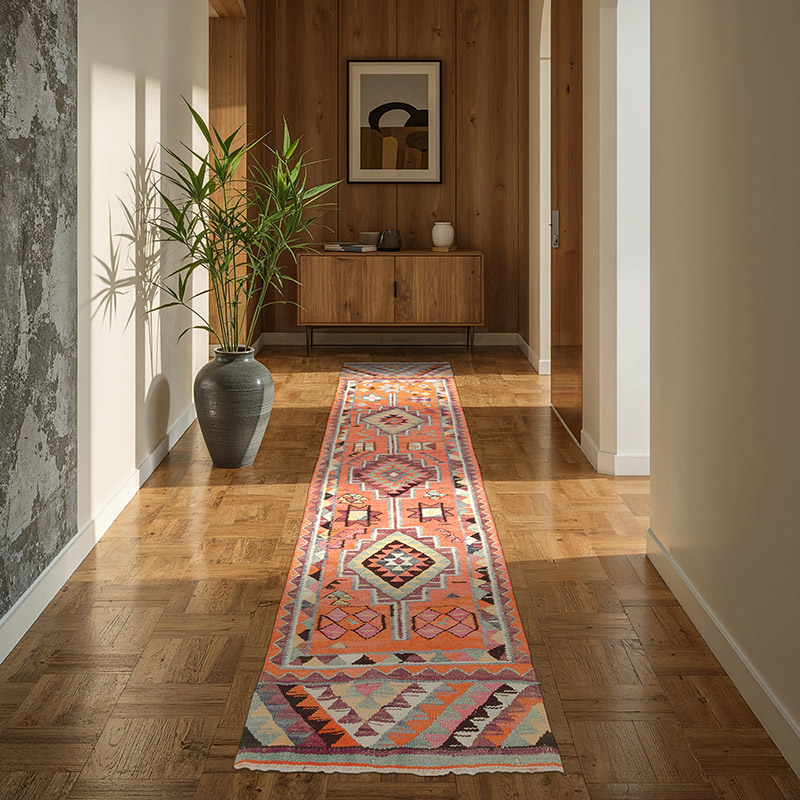
















Beautiful rug!